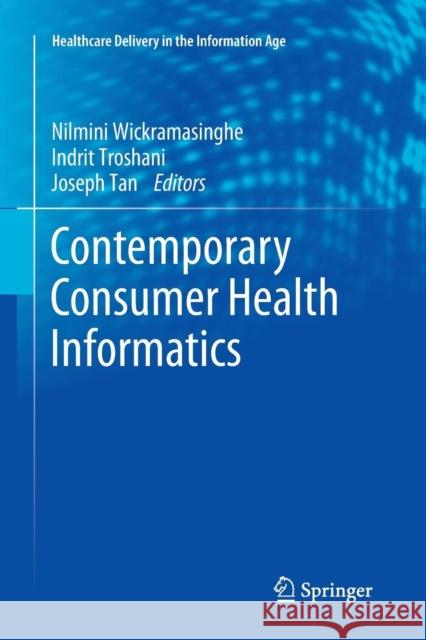Contemporary Consumer Health Informatics » książka
topmenu
Contemporary Consumer Health Informatics
ISBN-13: 9783319798684 / Angielski / Miękka / 2018 / 465 str.
Contemporary Consumer Health Informatics
ISBN-13: 9783319798684 / Angielski / Miękka / 2018 / 465 str.
cena 390,87 zł
(netto: 372,26 VAT: 5%)
Najniższa cena z 30 dni: 385,52 zł
(netto: 372,26 VAT: 5%)
Najniższa cena z 30 dni: 385,52 zł
Termin realizacji zamówienia:
ok. 20 dni roboczych.
ok. 20 dni roboczych.
Darmowa dostawa!
Kategorie BISAC:
Wydawca:
Springer
Seria wydawnicza:
Język:
Angielski
ISBN-13:
9783319798684
Rok wydania:
2018
Wydanie:
Softcover Repri
Ilość stron:
465
Waga:
0.67 kg
Wymiary:
23.39 x 15.6 x 2.49
Oprawa:
Miękka
Wolumenów:
01
Dodatkowe informacje:
Wydanie ilustrowane











